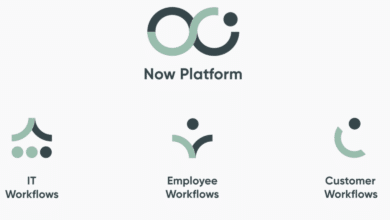
Augmented intelligence was coined to describe how normal human intelligence is supplemented through the use of technology. Throughout history, humans have used technology like computers, email, and social media to change the way we work, live, and interact. Now, as we usher in the new AI-driven era, augmented intelligence is being used to describe how AI is going to interact with people; not through replacing them, but through improving what they already know.
My colleague genius: Luca Vallarelli created, written, arranged and produced this brilliant composition:
The Real Essence of Artificial Intelligence in 120 seconds song.
enjoy 🙂




I had to shell out approximately one hour in order to complete the setup procedures including port forwarding on my own router and linked with my local network.
An improved 8KB memory chip also builds in cartridge, which in a position to hold essential and reliable information concerning the
cartridge usage history, accelerate the access speed to
the desired data during load, and unload process.
Realization has kicked in plus they now focus their efforts to
make things around for the digital imaging markets.